Pasta: it's a favorite food ingredient all around the world! Although it's readily available in countless shapes, styles and colors at your local supermarket or specialty grocer, many people enjoy making their own noodles at home for their freshness and unique textural quality.
And while it's easy enough to make simple flat noodles by hand or with a basic pasta machine, it's impossible to create specialty shapes like fusilli, bucatini, or ziti unless you have a specialty extruder attachment for a food processor, or similar type of machine. However most professional chefs and those passionate for pasta will tell you that typical home-extruder machines are quite inferior than those of professional quality; the plastic extruder dies on home machines are not strong enough, and only work with a very soft dough that produces gummy, bland pasta.
But if you're truly passionate about making pasta at home and want to make all kinds of shaped, extruded noodles easily and efficiently, I have to absolutely recommend the Lillo Due by Bottene. This beautiful machine is a joy to use and is one I've been happy to have in my own kitchen for several months now. It's small enough to fit in almost any home kitchen but strong enough to even serve a small restaurant kitchen as well...or perhaps a home-based pasta business?
Let me introduce you to the Lillo Due, the basics of making extruded pasta, and show off some of the great pasta I've made at home myself.


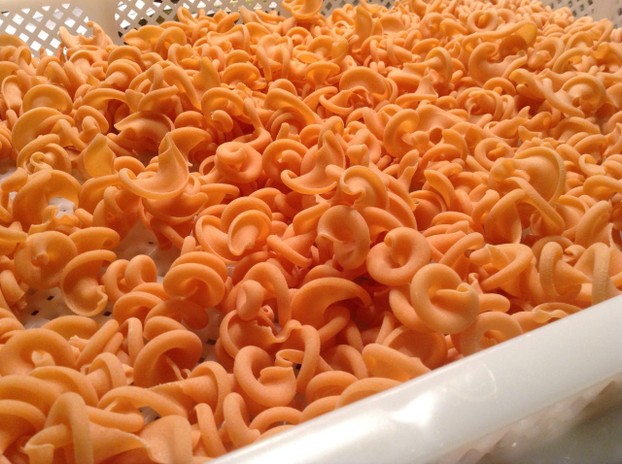
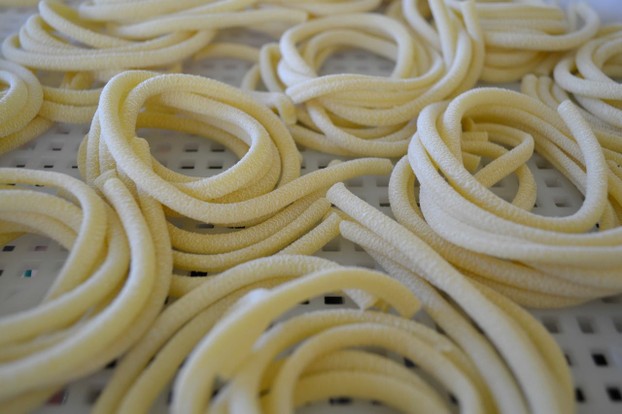
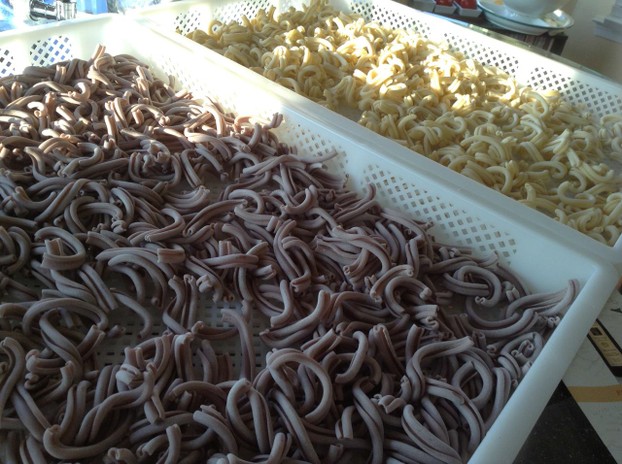
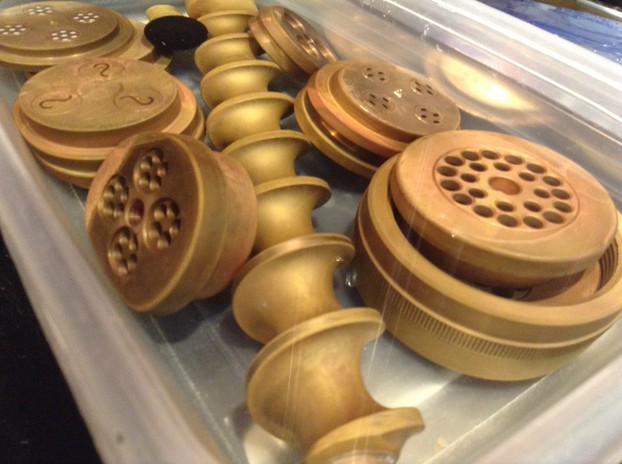
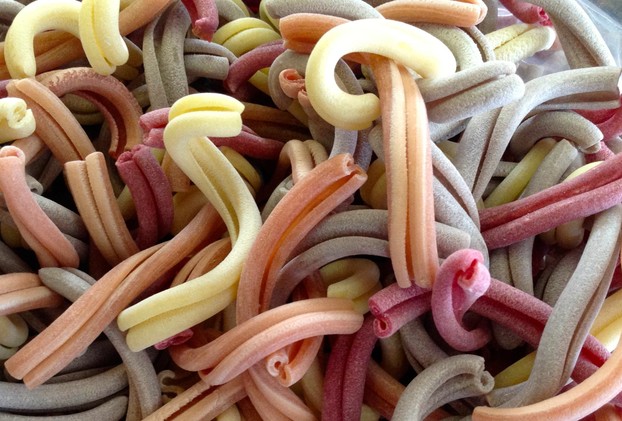
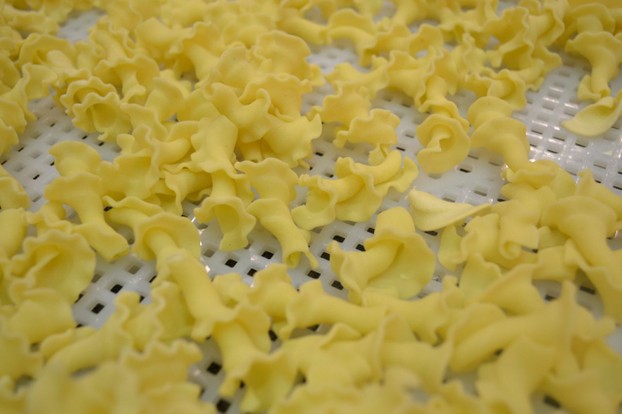

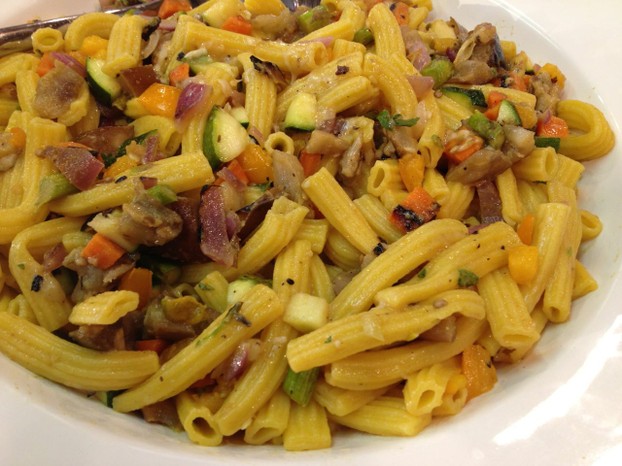
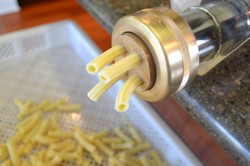

 A Potentially Fatal Accident in the Homeon 11/24/2018
A Potentially Fatal Accident in the Homeon 11/24/2018
 Windsurfing Lessons on Montserrat: One of My Funniest—and Fondest—Travel Memorieson 11/20/2018
Windsurfing Lessons on Montserrat: One of My Funniest—and Fondest—Travel Memorieson 11/20/2018
 Christmas Ornaments Celebrating Rome, Italyon 11/12/2018
Christmas Ornaments Celebrating Rome, Italyon 11/12/2018
 Philadelphia-Themed Christmas Ornamentson 11/09/2018
Philadelphia-Themed Christmas Ornamentson 11/09/2018

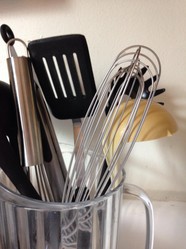
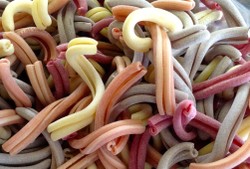
Comments
Hi Sockii,
Thank you for your answer.
I'm getting my hands on the lillodue after months of using it.
I got good results for the lasagna by changing my flour mixture, using tipo 00 flour rather than durum wheat which I use for fusilli, or casarecce.
The drying process still need improvement and it is true that freezing works fine.
Haven't tried flavoured pasta yet, got to have a go!
Good pasta making!
Hi Caroline -- sorry for the long wait in responding. It definitely took me some time to get the lasagna noodles just right but now I can make them almost without fail. I think the biggest tip I have for the lasagna - and all of the noodles, really - is to make sure your lasagna bronze die is PRISTINE clean before trying to use it. Any old/dried flour in the die at all will cause imperfections in the noodles and make them break apart in strips, as you experienced. I keep my dies in vinegar at all times and will then thoroughly wash with hot water before using, even blowing through the die to make sure nothing is stuck in them.
I also find the lasagna sheets come out best when the die is very hot, and will "junk" the sheets coming out the first few minutes (tossing them back in the mixer) until they are fully smooth and consistent. The heat plus making sure your water/flour mixture is just right are key.
I also encountered issues in drying the rigatoni and have not found a perfect solution just yet - though these days I am freezing extra noodles as I make them for better shelf life (especially if making special flavors like beet or pumpkin.) I will see about updating this article shortly with some other tricks I've picked up with time and experience. I hope you are still enjoying your Lillodue!
Hi Sockii, nice article which has been useful to me as I bought the Lillodue a few months ago. I'm having very nice results with it but still struggling with the lasagna and the texture of spaghetti which I find too thin. If you hav any tips, I'm eager to learn them! I find it hard to have the right texture for the lasagna as the dough comes out in stripes instead of a nice smooth sheet of pasta. Pasta making is an art and practicing is the secret I guess. I also tried to dry the pasta and got problems with the rigatoni which tended to break in lenght. I had no problems with the fusilli or the casarecce. As you said it is a tricky science! Anyway if you have tips, recipes... I'm in!
Thank you, CruiseReady! I am hoping to have a pasta-making party some time this year, perhaps this summer when my herb garden is in full swing and I can have fun making different type of herb-flavored pasta.
Thank you, flycatcher! I learned about the vinegar trick in a pasta-making class, where I first learned about working with an extruder such as this machine. Now I have to learn how to best dry my pasta for long term, shelf-stable storage. It's a tricky science to be sure with lots of variables including humidity, temperature, and the amount of moisture in the flour/water mixture.
Your pasta looks amazing, Sockii! Nice tip about storing the brass pieces of the extruder in vinegar: I'd never have thought of doing that, but it makes so much sense.
What a wonderful explanation of making pasta at home. The video was fun to watch, and I really loved the idea of a pasta making party. I would sure go to one of those - what fun!
No one could possibly guess that this was homemade pasta by looking at it, I'm sure, because it looks incredibly professional. Fresh pasta is a delight to eat.